Graham Northrup (Boots and Lewnard Labs), Computational Biology Graduate Group
Title: The enemy of my enemy: evolution of hyperparasitic interactions in nature
Abstract: The coevolution of hosts and pathogens is well studied theoretically and empirically, and we now understand much more about the drivers of virulence, resistance, recovery, and other key aspects of their life history. However, much of this work focuses on the interactions between single host/parasite interactions, and much less is known about how these evolutionary processes function in more realistic, complex communities beyond simple pairwise interactions. In this paper we model hyperparasitic interactions and expanded on this previous work, aiming to develop a general model for a theoretical hyperparasite drawing from what we know about these systems. This model can be used for a specific system or studies of evolutionary trajectories of parameter values. Specifically, we investigate how a pathogen evolves when its host is itself pathogenic has been subject to little study to date. Importantly we examine the impact a hyperparasite has on its host’s life history traits (virulence, transmission, recovery) may be subject to evolutionary pressure itself. Understanding the conditions under which a hyperparasite may evolve to induce hypovirulence or even hypervirulence is of great interest as both an unusual biological interaction as well as key to understanding the effects of hyperparasites in nature or introduced as biocontrol.
Isabel Serrano (Peter Sudmant Lab), Computational Biology Graduate Group
Title: Tissue-Type and Genotype Influence Mitochondrial Somatic Mutations in Aging
Abstract: Somatic mutations are popularly studied in the context of cancer, where selection acting on these variants increases their frequencies to detectable levels. Healthy cells, however, aggregate somatic mutations as they age, with these alterations arising from environmental and endogenous processes. Relative to the nuclear genome, the mitochondrial genome has a 10-fold higher somatic mutation rate. While the positive correlation between the mitochondrial somatic mutation frequency and aging is well-established, how and why the dynamics of these mutational landscapes differ across genotypes and tissues remains largely unexplored. To understand the effects of mito-nuclear incompatibility and genotype on the mitochondrial somatic mutational landscape, we employ a panel of conplastic mouse strains. These strains are isogenic in their nuclear genomes but differ in their mitochondrial haplotypes. Additionally, to examine the influence of metabolic demands on the mutational spectra, we sample the brain, liver, and heart in each conplastic mouse at two time points across the mouse lifespan. Using ultra-sensitive Duplex Sequencing, we profiled approximately 4.8 million mitochondrial genomes, with an average of 36,000 mitochondrial genomes sequenced per sample allowing us to ascertain mutations down to a frequency of 1e-6. Our results demonstrate tissue-specific differences in average mitochondrial content, with the heart having a 2-fold higher content than the liver and brain. Examining overall mutation frequencies and comparisons of specific mutation classes demonstrate differences in both fold-change and direction of change in frequency across genotype and tissue-type with age. Together, our findings emphasize the role of tissue and genotype on cellular aging and explore somatic evolution in the context of a unique and important cellular organelle.

